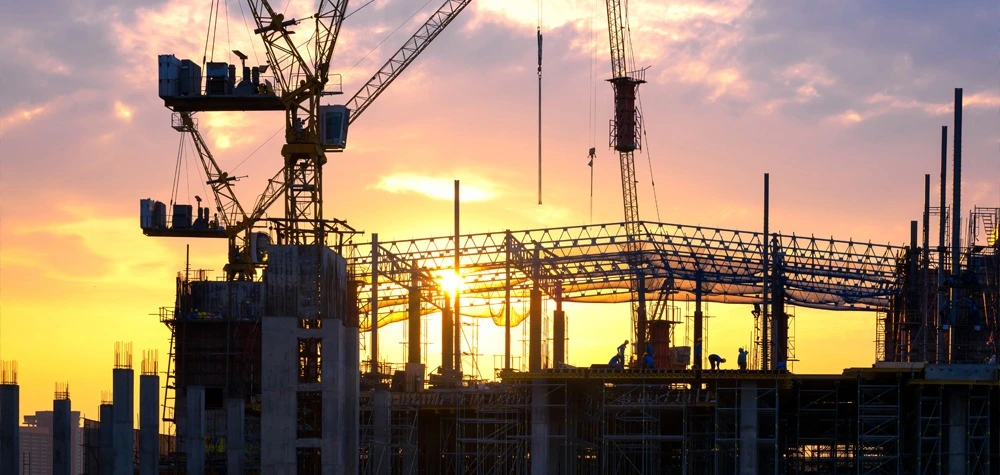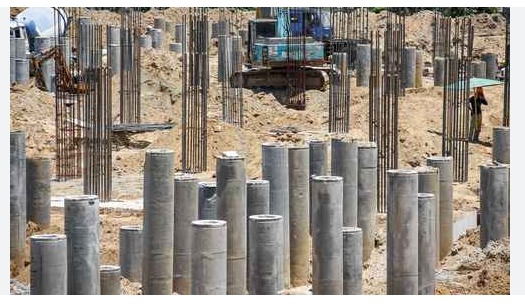What is TMT rebar? And what is difference between TMT bar and rebar?

Starting any new construction project brings with it a lot of considerations. A top concern is the need to choose the right kind of steel reinforcement for the structure.
The use of steel bars is crucial for providing structural strength and stability.
Two commonly used materials in this context are TMT Rebar and Rebar.
While these terms may sound similar, they have distinct characteristics and properties. We simplify the concepts of TMT Rebar and Rebar, highlighting their differences and explaining their significance in the construction industry here –
Rebar:
Rebar, short for “reinforcing bar,” is a type of steel bar used extensively in construction projects. It is primarily employed to reinforce concrete structures, such as buildings, bridges, and dams. It is manufactured in various shapes and sizes, with the most common being round bars. These round bars are characterized by their ribbed surface, which enhances their bonding with concrete.
Rebar plays a vital role in reinforcing concrete structures by absorbing tensile forces. Concrete is strong in compression but weak in tension. By incorporating Rebar support, the composite structure becomes capable of withstanding tensile stresses, preventing cracks and ensuring overall durability.
TMT Rebar:
TMT Rebar, or “Thermo-Mechanically Treated Rebar,” is a type of steel bar that undergoes a specialized manufacturing process to enhance its strength and flexibility. The TMT process involves three stages:
1. Heating
2. Quenching
3. Tempering
During the heating stage, the steel bars are subjected to high temperatures, followed by quick quenching in cool water. This rapid cooling hardens the outer layer of the bars, forming a strong martensitic structure. The core of the bars remains relatively soft and ductile.Subsequently, the bars are tempered by reheating them at a lower temperature. This process imparts a degree of flexibility to the bars, making them resistant to deformation and providing higher seismic resistance.
Difference in properties between TMT Rebar and Rebar:
Manufacturing Process
Rebar: It is manufactured through a traditional process involving shaping and ribbing the surface.
TMT Rebar: It undergoes the specialized Thermo-Mechanical Treatment process, which includes heating, quenching, and tempering.
Strength and Flexibility
Rebar: It has good strength but may lack flexibility.
TMT Rebar: It combines high strength with enhanced flexibility and elongation, making it more suitable for seismic-prone areas.
Surface Characteristics
Rebar: It has a ribbed surface to provide better adhesion to concrete.
TMT Rebar: It also features a ribbed surface for improved bond with concrete.
Overall,both types of barsare crucial constituents in construction, reinforcing concrete structures and increasing their load-bearing capacity. However, TMT Rebar offers certain advantages over conventional Rebar, making it a preferred choice in many scenarios.
In summary, TMT Rebar and Rebar are both essential components used in construction to reinforce concrete structures. While Rebar is the conventional choice, TMT Rebar offers superior strength, flexibility, and seismic resistance due to its specialized manufacturing process. Understanding the differences between these two types of steel bars helps builders and engineers make informed decisions based on the specific requirements of their projects.
TMT Rebar’s enhanced strength, flexibility, and seismic resistance make it highly suitable for earthquake-prone regions. The ability to withstand seismic forces ensures structural integrity and enhances safety in buildings and infrastructure projects.Hence, whether it’s a simple building or a complex bridge, the right choice of steel reinforcementensures the longevity and reliability of the structure.



